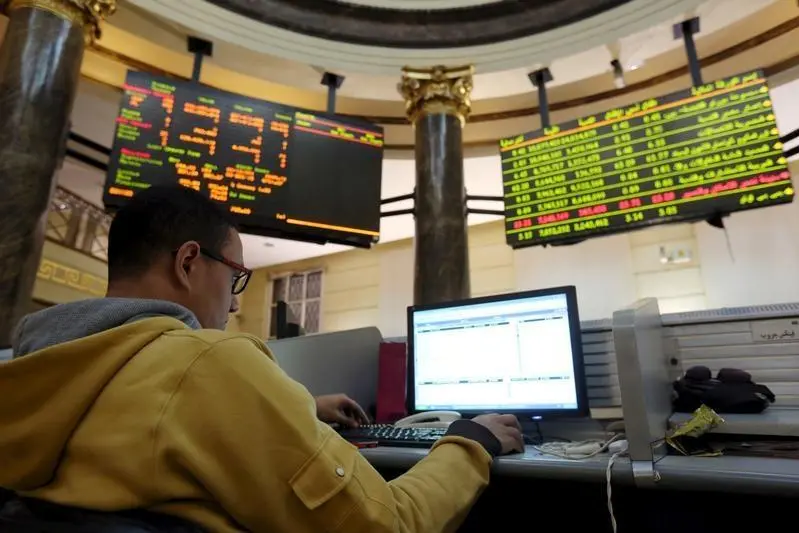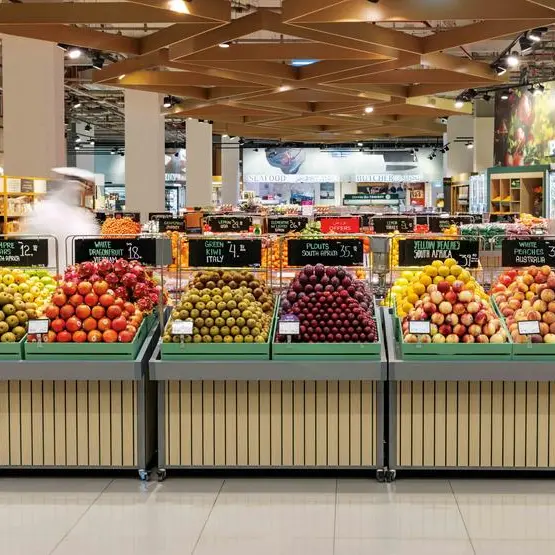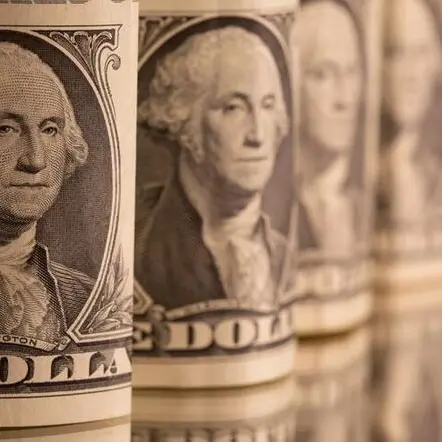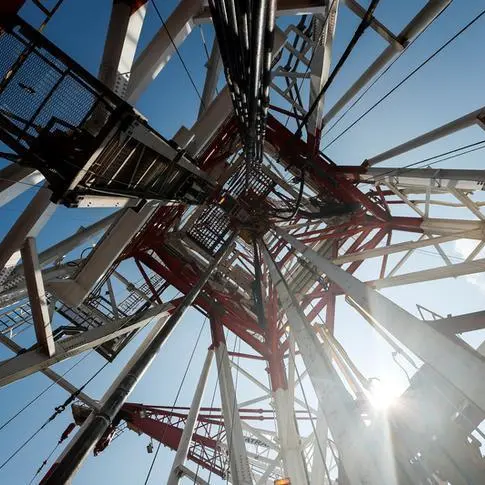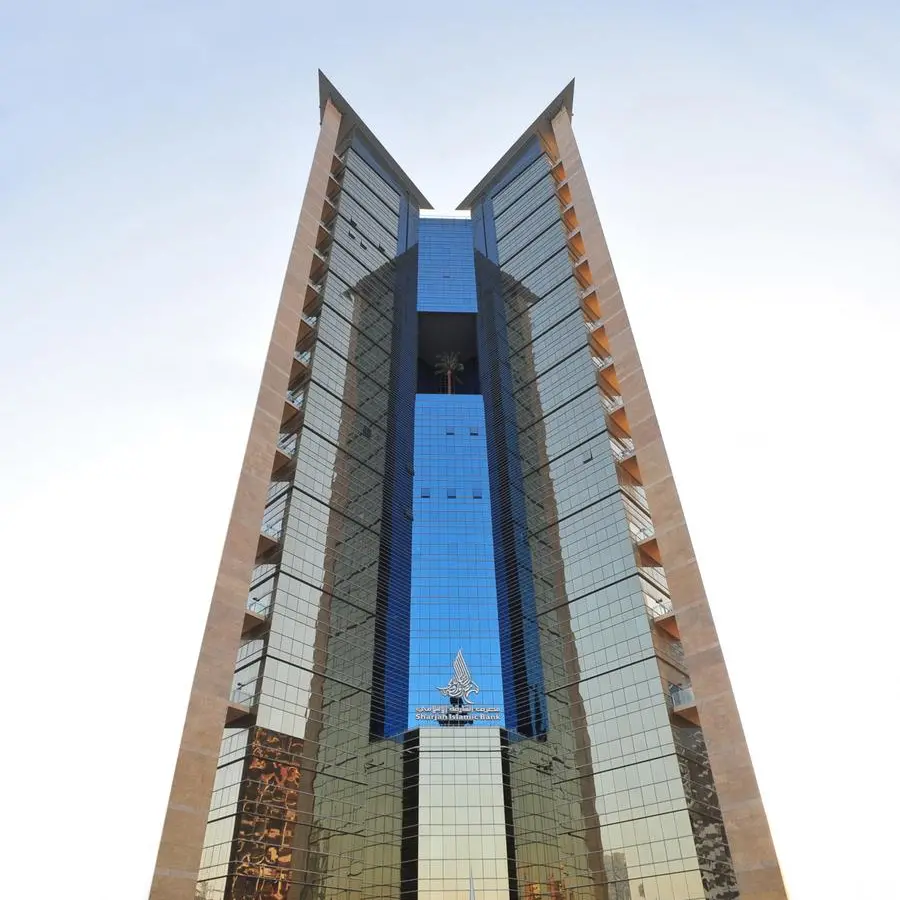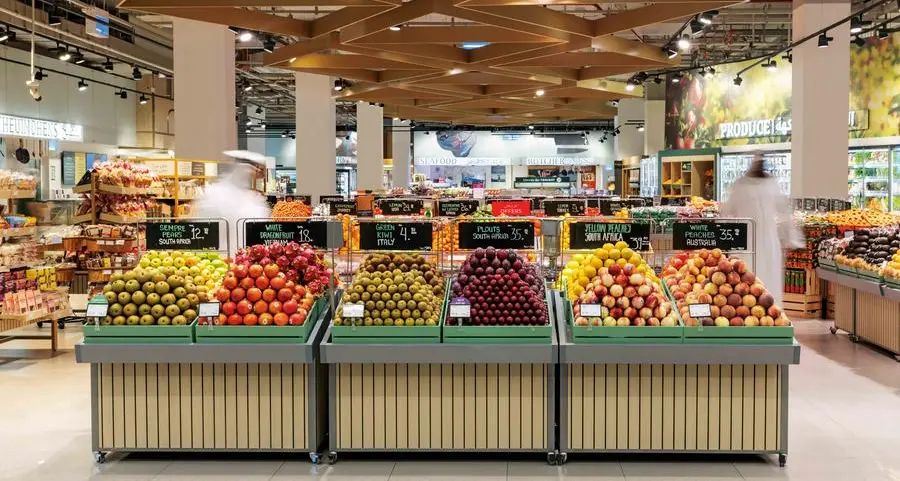PHOTO
Positive quarterly earnings led to increased investor activity
KUWAIT CITY: Kuwait Financial Centre "Markaz" recently released its Monthly Market Research report. In this report, Markaz examines and analyzes the performance of equity markets in the MENA region as well as the global equity markets for the month of July. The report stated that July was a marginally positive month for the MENA indices, with most markets ending the month in green, as positive quarterly earnings led to increased investor activity. Markets in Egypt (13.1 percent), Qatar (7.3 percent) and Dubai (5.2 percent) performed well, while Saudi's TASI (-3.0 percent) and Kuwait weighted (-0.2 percent) indices lagged behind.
The negative performance of the largest GCC market led to flat performance of S&P GCC index. Other indices witnessed slight rise in index values, despite the steepest monthly fall in oil prices in 2016. Egypt HRMS index rose in the last week of the month, as the country's plan to secure a US$ 12bn loan from the International Monetary Fund (IMF) was close to fruition. The loan is being sought to ease a crippling dollar squeeze, and restore confidence in the economy, and would be the fund's biggest aid package in a region that has been pummeled by political unrest and oil price fall. The report added that blue chips drove Qatar's index surge, with real estate (8.52 percent), telecoms (7.94 percent) and banking stocks (7.1 percent) performing well in July.
The recently announced Qatar's fuel subsidy reform will also help shrink its budget deficit by reducing expenditures; a move that will help investments in private sector. Saudi index fell due to fall in oil price, and the continued resilience of shale oil, as increasingly efficient US shale production continues to drive a wedge in OPEC's strategy of flooding the market with excess crude.
Blue Chips had a mixed July, with Emaar Properties (UAE) and Ezdan Holdings (Qatar) ending the month at the top, gaining 10 percent and 9.6 percent, respectively. National Commercial Bank (Saudi Arabia) and First Gulf Bank (UAE) witnessed a slump, losing 6.0 percent and 4.4 percent, respectively. Positive Q2 results contributed to improved market performance for most companies in the region, as investors returned to the markets post Ramadan. Dubai's Emaar Properties reported a 8 percent rise in Q2 net profit, as strong investor demand led to higher revenue recognition.
Ezdan Holdings half-yearly profit went up 8 percent, driven by rise in operations. Despite posting a profit of 3.2 percent in Q2, shares of National Commercial Bank declined the most in July, as the bank proposed a lower dividend for the first half of the year, as compared to the previous year. Q2 profits of First Gulf Bank slipped 10 percent, meeting analyst estimates, while the merger between FGB and National Bank of Abu Dhabi was confirmed early in July.
Rise in Debt issuance
According to IIF, GCC countries are turning to both domestic and foreign debt markets to finance their rising fiscal deficits, and this trend is likely to persist in the short to medium term. Since mid-2014, the drop in oil prices has shifted the large aggregate current account surpluses of GCC countries, accumulated in the past decade, to a deficit of US$ 35bn in 2015, and this is expected to widen to US$ 89bn or 6.5 percent of the GDP in 2016. The large resident capital outflows in the form of investments, which peaked at US$ 384bn in 2013, have virtually disappeared, and international reserves are being used to fund widening deficits. Prior to 2016, GCC sovereign debt issuance had been relatively sparse, barring Bahrain, particularly in foreign currency, and usually reserved for benchmarking or for monetary policy purposes. Thus far, in 2016, both Abu Dhabi and Qatar have tapped international markets with sizeable issues.
Fall in Real Estate transactions
Saudi Arabia has registered a sharp drop of 56.7 percent in the total weekly sales, settling at US$ 0.5bn, the lowest weekly level in a decade. Experts claim this drop in sales was caused by the low demand that followed the implementation of the so-called white land fees regulation, which pushed people who want to buy properties to wait for a real decline in prices.
Oil Market Review
Brent crude fell sharply by 14.5 percent in the month of July, closing at US$ 42.46 per barrel; the lowest close in 4 months. Oil output from the Middle East rose to a record high in June, with production rising above 31mn barrels per day for the third month running. Supply from the Organization of the Petroleum Exporting Countries has risen to 33.41 million barrels per day (bpd) in July from a revised 33.31 million bpd in June, adding downward pressure on prices.
© Arab Times 2016
